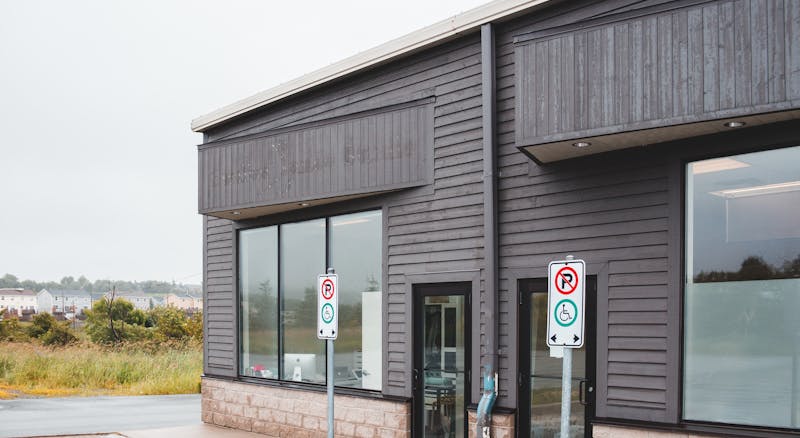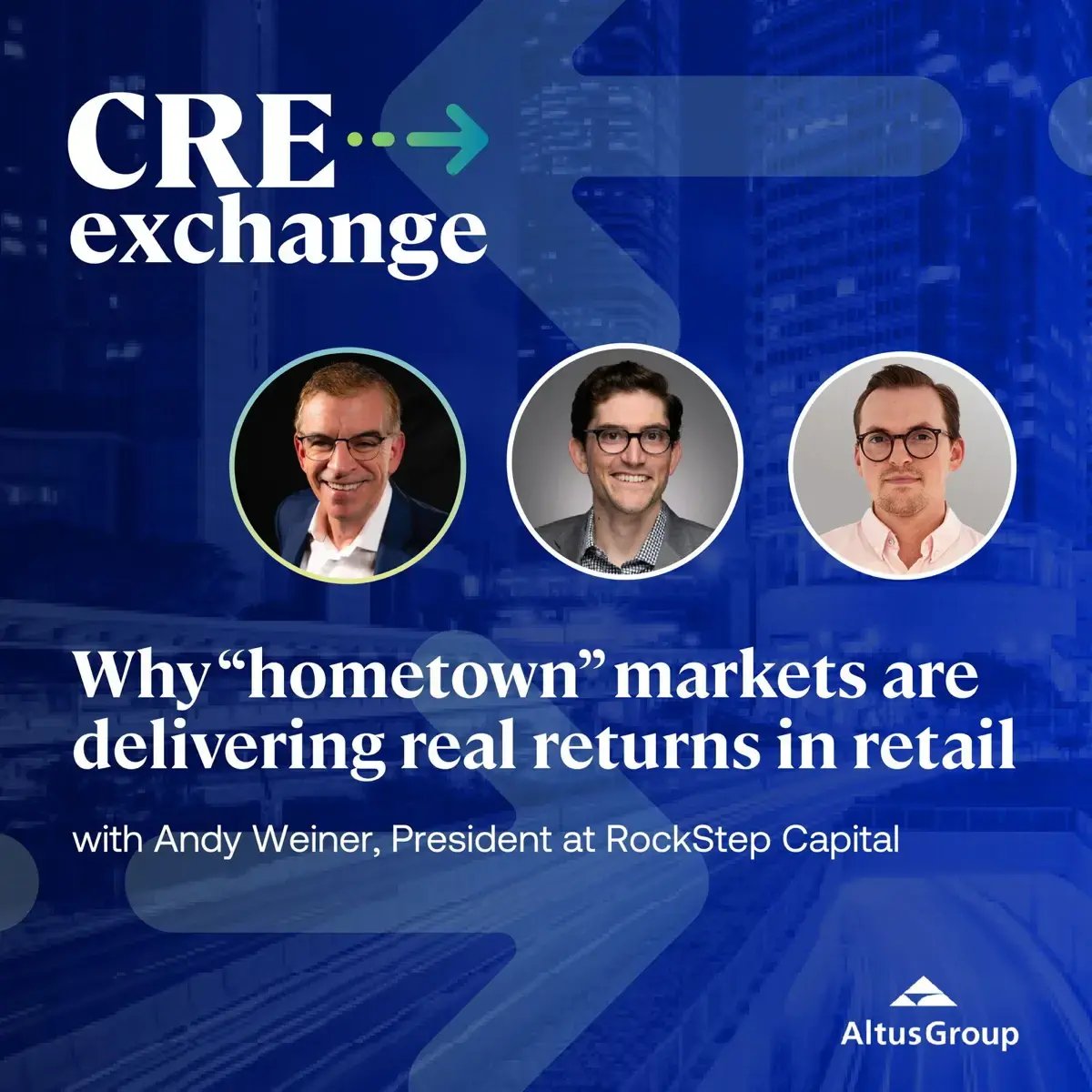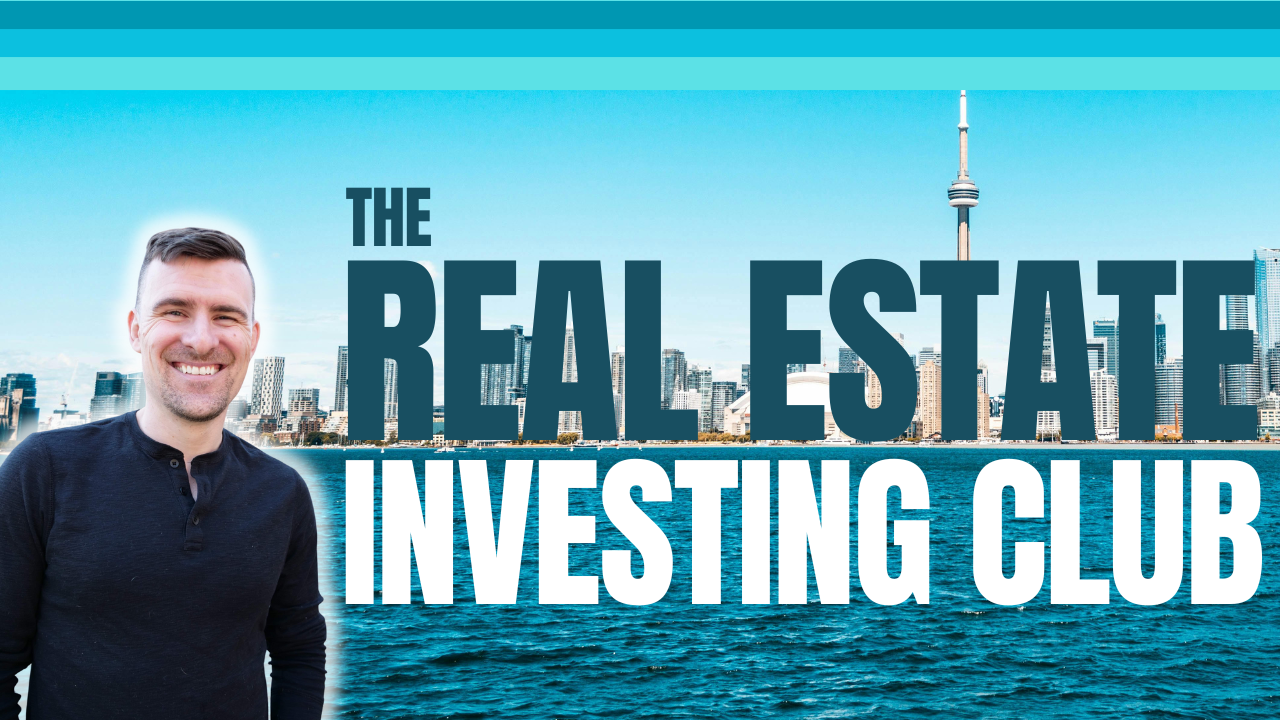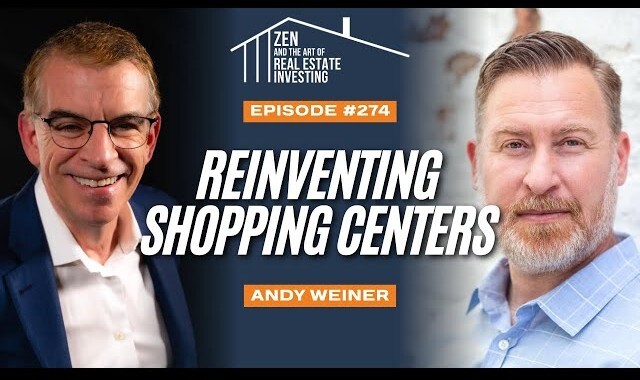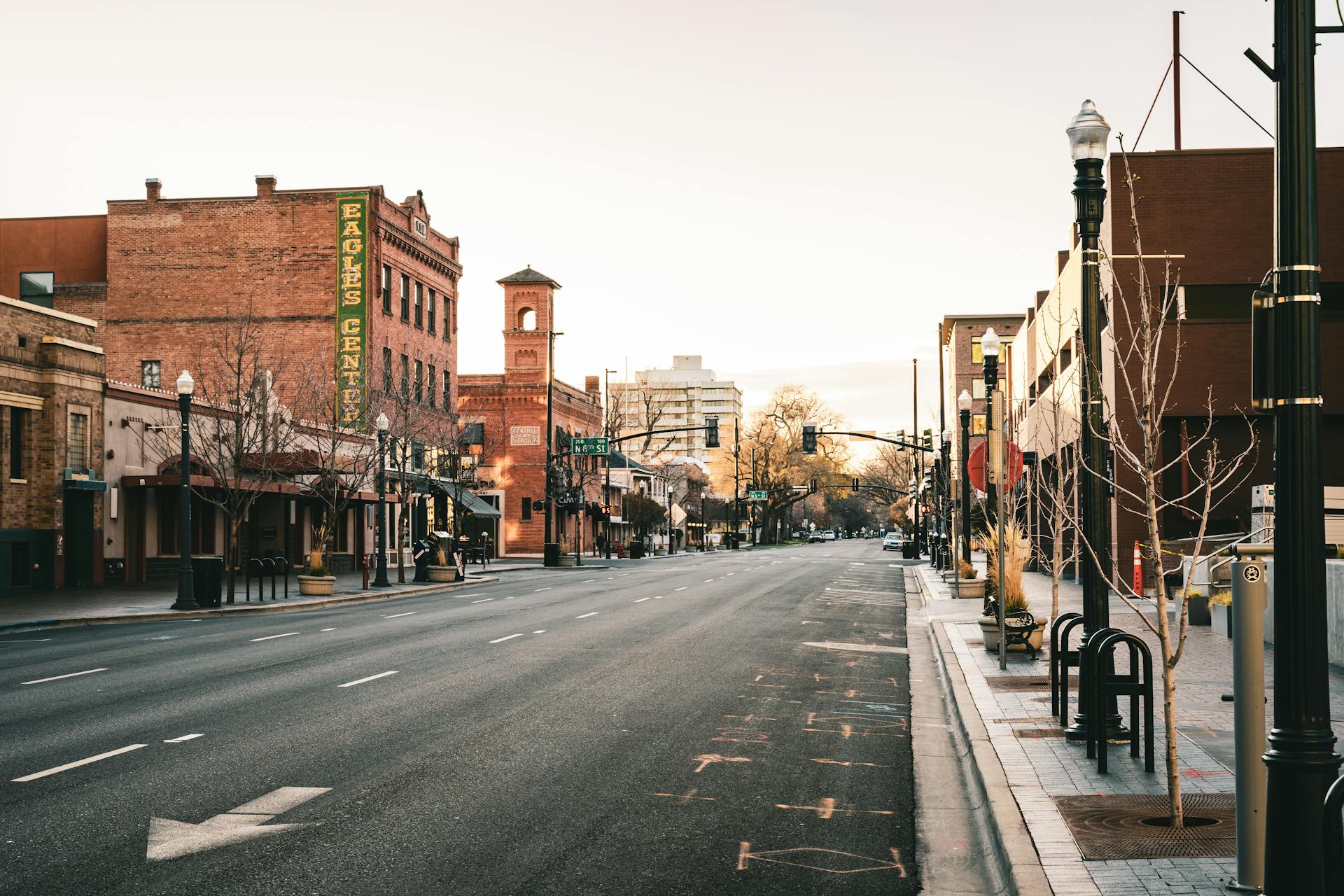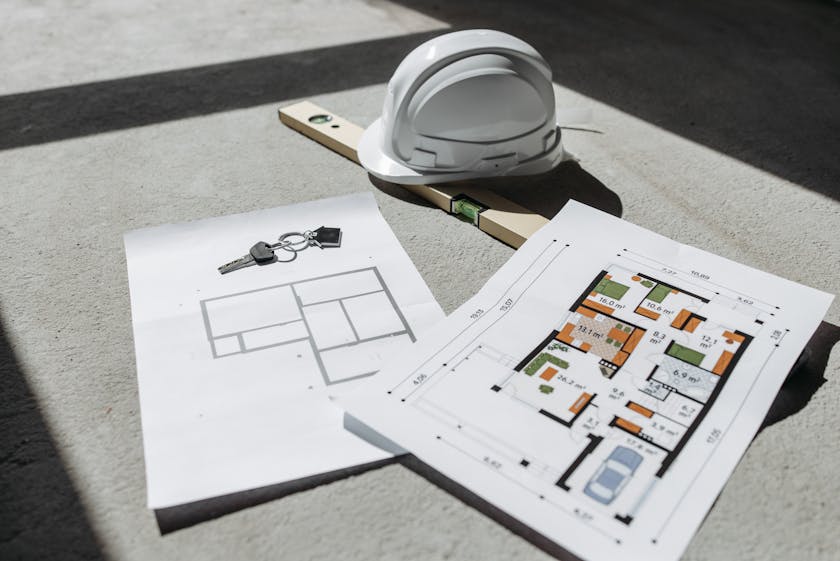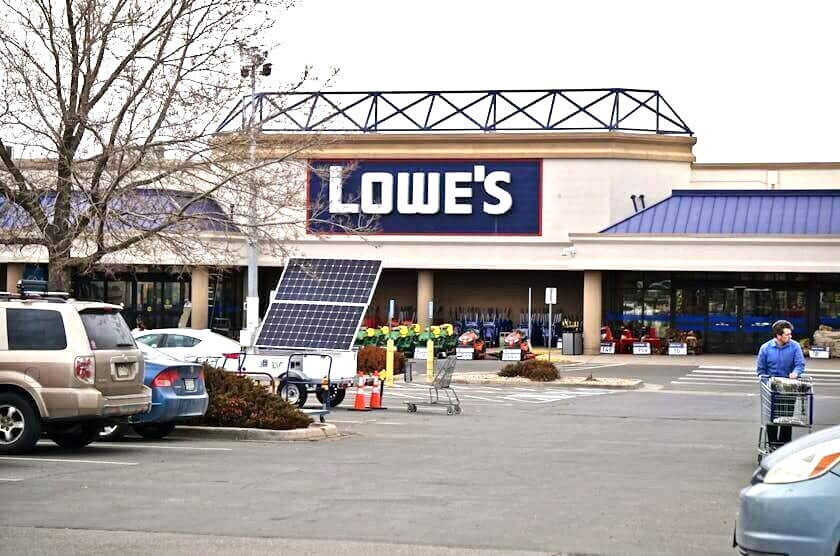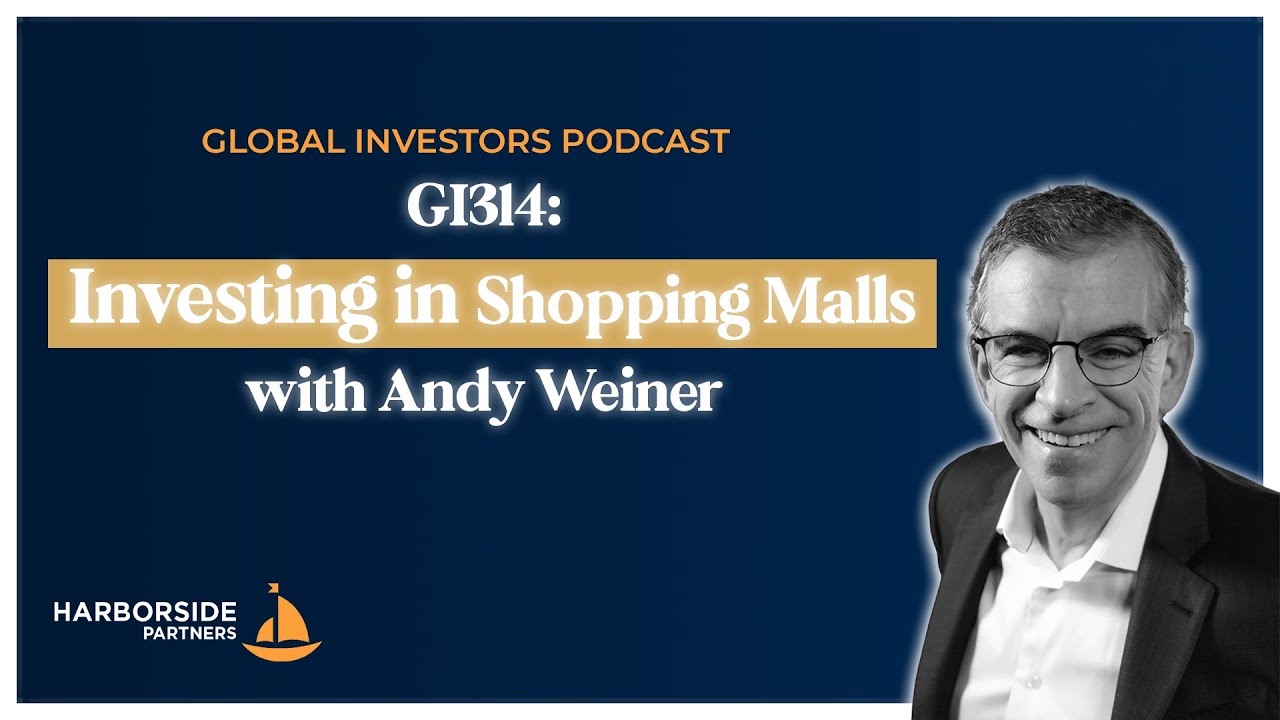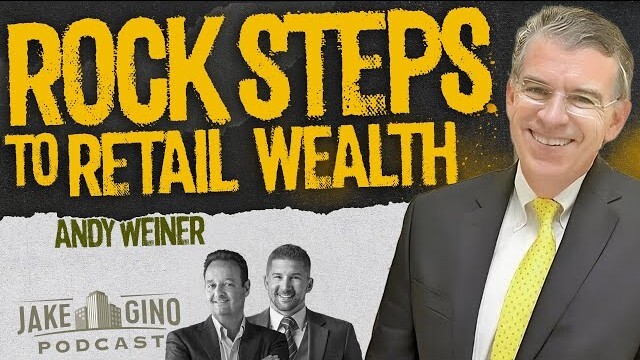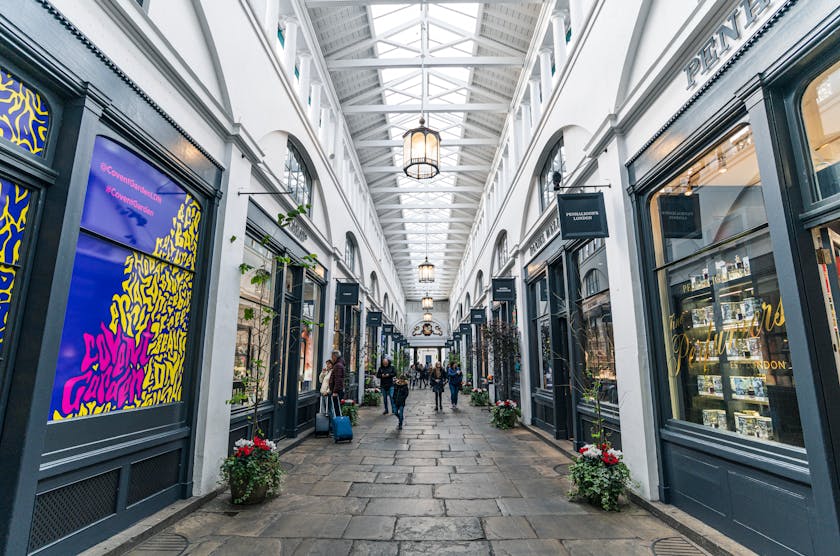What You Need To Understand About Shopping Center Performance Metrics
January 27th, 2025
5 min read
By Andy Weiner
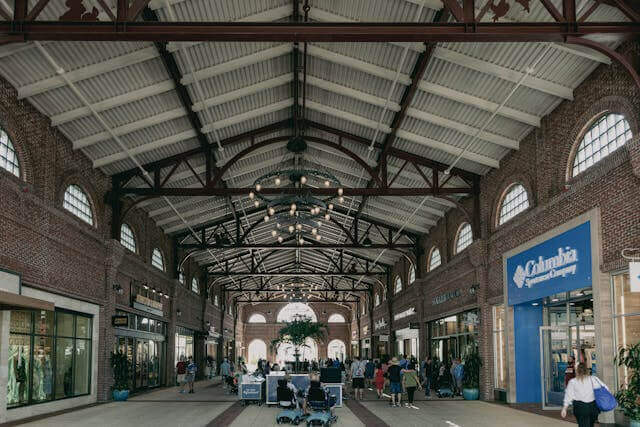
Shopping center success is best judged by metrics that show tenant stability, real demand, and financial resilience, not just rent and occupancy. Strong centers typically have durable tenants that drive repeat trips and a healthy debt service coverage ratio that can absorb market swings. Tracking these signals helps investors understand long-term performance and risk before problems show up in the numbers.

Property class might sound technical, but it’s one of the quickest ways to size up a retail investment.
Investing in shopping centers is intricate, requiring a deep understanding of metrics that influence short-term profitability and long-term sustainability. Every decision is rooted in data and strategic foresight, from assessing net operating income (NOI) to evaluating tenant quality and market absorption.
At RockStep Capital, we've developed a straightforward way to make sure our investments succeed in ever-changing retail spaces. Knowing the right numbers is key to making good investment choices.
Let me be clear about this: metrics tell the story of a property’s past, present, and future. Knowing how to read these metrics is vital for all investors looking to dive into retail investing. Identifying strong markets, selecting the right tenants, and maintaining consistent performance depend on understanding these indicators. Good data makes good decisions, and in retail real estate, decisions can make or break an investment.
Key Metrics For Evaluation
Before diving into the specific metrics, it’s important to understand how these indicators work together to provide a holistic view of a shopping center’s health and potential. Each metric plays a distinct role, from financial stability and tenant reliability to market positioning and visual appeal.
Analyzing these factors allows us to identify strengths, mitigate risks, and make informed decisions about acquisitions or improvements. The best investments happen when all the key metrics line up, paving the way for success.

1. Net Operating Income (NOI)
The stability of net operating income is probably the most critical metric. Evaluating a property starts with reviewing its historical NOI trends over the past three to five years.
Has the NOI been steady, rising, or declining?
Stability here is essential because NOI determines our ability to meet two major obligations: paying debt service and providing a preferred return to investors. If the NOI is consistent or growing, it usually means the property is well-managed and could offer reliable returns. In other words, a stable NOI strengthens a property’s long-term viability.
2. Weighted Average Lease Term (WALT)
Another critical metric is WALT, or Weighted Average Lease Term. The longer the WALT, the lower the risk. WALT reflects the average remaining lease term of tenants in a property. Longer lease terms reduce turnover risks and ensure stable revenue streams. Properties with longer WALTs usually provide more security for investors and a more reliable cash flow.
A short WALT may indicate that tenants are nearing the end of their lease terms, posing a vacancy risk if they choose not to renew. On the other hand, a long WALT demonstrates tenant stability and reduces the need for frequent renegotiations or leasing efforts.
Let’s break this down with an example: if a property has a WALT of 7 years, it means that, on average, tenants are committed to the property for at least that duration, providing consistent cash flow. Understanding WALT helps us anticipate turnover and assess how much effort and capital might be needed to maintain occupancy.
3. Tenant Quality and Mix
Tenant quality is just as important as tenant diversity. I always look at whether tenants are “investment-grade,” meaning they have strong credit ratings and long-term viability. Big-name retailers like TJ Maxx, Aldi, or Best Buy stabilize a property’s revenue. Even private companies like HEB can function as investment-grade tenants due to their financial strength and operational success.
Tenant mix also matters. Including grocery stores or service-oriented tenants is a smart move because these businesses tend to attract repeat customers. Physical stores can drive foot traffic in a way that even e-commerce can’t replicate.
4. Visual Appeal and Maintenance
Here’s something people often overlook: the way a shopping center looks matters immensely. When I walk onto a property, I pay close attention to its visual appeal. Are the facades modern? Is the parking lot clean and well-maintained? Are the lights bright and inviting? These details may seem small, but they have a big impact on how shoppers perceive the space—and perception drives traffic.
It’s not just about appearances, though. Maintenance plays a critical role in protecting a property’s long-term value. Asphalt parking lots, for instance, are less durable than concrete and wear out faster. Understanding these nuances helps us plan for upkeep and avoid costly repairs down the line.
5. Location and Market Absorption
Location remains paramount. A good location amplifies every other strength the property has. Proximity to major highways, population density, and local demographics all influence a shopping center’s competitiveness.
Additionally, the ability of a market to absorb vacant space—known as market absorption—is vital. You want a shopping center in a market where absorption is good. Strong markets, such as Austin or Houston, demonstrate consistent demand and robust retail activity.
6. Lease Yield and Occupancy Trends
Lease yield measures whether new leases generate higher rents than previous ones, providing insights into the property's revenue potential. If lease yield is consistently positive, it shows the property’s rents are keeping pace with or outpacing the market. Tracking occupancy trends—whether stable, rising, or falling—is equally important. Occupancy trends are a window into the desirability of your property.
7. Stress Testing For Resilience
Financial stress tests ensure resilience, with the debt service coverage ratio (DSCR) being the most critical measure. If you're below the minimum DSCR, you're in default. By ensuring that NOI exceeds debt obligations by at least 25-50%, we can safeguard against financial instability. Stress tests also highlight areas where operational efficiencies can be improved, ensuring properties remain robust in challenging economic conditions.
A Closer Look at The Debt Service Coverage Ratio
Let’s look at the debt service coverage ratio a bit closer: the debt service coverage ratio (DSCR) is a fundamental metric for assessing a shopping center’s resilience. The DSCR measures how well a property's net operating income (NOI) covers its annual debt service.
For example, if the NOI is $1.5 million and the debt service is $1 million, the DSCR is 1.5. Most lenders require a DSCR of 1.25 to 1.5. A DSCR of 1.25 means that for every dollar of debt service, you have $1.25 of NOI. This buffer ensures properties can withstand challenges like tenant turnover or a temporary drop in NOI.
Stress testing this ratio helps evaluate how a property might perform under adverse conditions, like losing a major tenant. A higher DSCR reassures lenders and strengthens our confidence in the investment’s long-term stability. By maintaining a robust DSCR, we safeguard against financial instability and keep properties viable through economic shifts.
The Importance of Tenant Longevity
A shopping center’s tenant mix and the stability of those tenants are vital to its success. Your shopping center is a collection of tenants, and you want the longevity of these tenants to be there. Grocery stores, for instance, play a pivotal role in driving consumer demand.
This is where “trip capture” comes into play. Basically, trip capture is the frequency with which consumers visit a shopping center. While e-commerce has reduced trip frequency in some cases, it has become more stable in recent years, making tenant stability and longevity even more crucial.
Redevelopment and Repositioning
Sometimes, a shopping center needs more than maintenance—it needs a complete overhaul. When NOI declines or a property loses its appeal, redevelopment becomes a viable solution. This can involve anything from partial renovations to full-scale demolitions.
For example, we might take an outdated box store, divide it into two or three junior tenant spaces, and give the entire property a fresh look. However, successful redevelopment requires tenant demand and financial feasibility. If the rents new tenants are willing to pay don’t cover the redevelopment costs, we may need to explore incentives like tax breaks or grants from local governments.
What to Remember Most About Metrics
If there’s one thing I’ve learned in my career, it’s this: focus on the fundamentals. When you understand key metrics like NOI, WALT, and tenant quality, you’re equipped to make smarter investment decisions.
For those new to shopping center investing, my advice is simple. Don’t get caught up in the idea of exponential growth. Focus on sustainability. A property’s NOI doesn’t have to skyrocket, but it does need to remain stable. That’s the foundation of any successful investment.
Shopping centers are more than just real estate—they’re living ecosystems that require care, strategy, and foresight. At RockStep Capital, we’ve built our success by sticking to these principles. When you get the fundamentals right, everything else falls into place.
Andy Weiner is the CEO and Founder of RockStep Capital, a Houston-based real estate investment firm focused on shopping center developments in secondary and tertiary markets. A Stanford and University of Texas graduate, he began his career in his family’s retail business. Since 1997, he has led the acquisition or development of over 9.7 million square feet of shopping centers across 11 states without capital calls or assets returned to lenders.
Topics:





